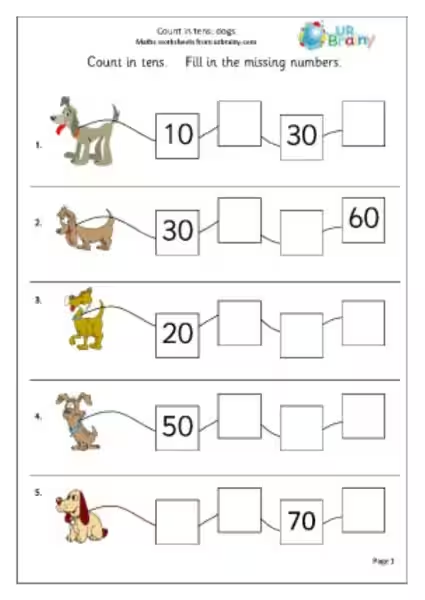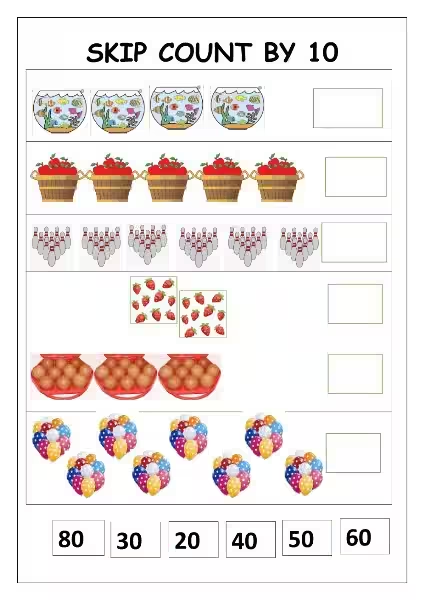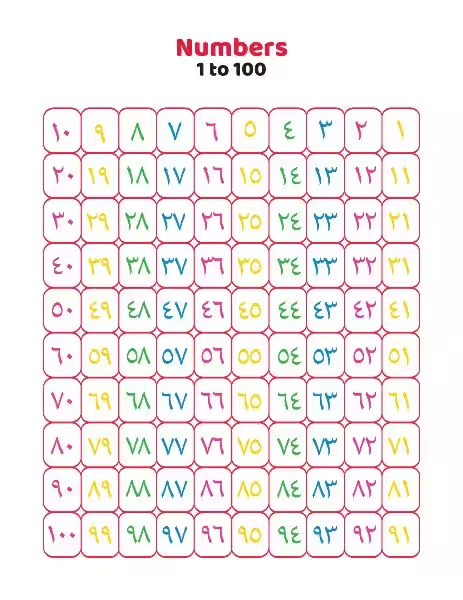
Understanding the concept of “4 tens + 6 tens” in standard form is crucial for grasping fundamental mathematical principles. This seemingly simple addition problem reveals a significant shift in how arithmetic is taught today, highlighting the importance of understanding place value.
Deciphering the Sum of Tens
The straightforward calculation of “4 tens + 6 tens” leads us directly to the answer 100, expressed in standard form. This isn’t just about memorizing a formula; it’s about understanding the positional value of digits. Think of “tens” as a specific place within a number. Four tens represent the number 40, and six tens represent the number 60. Adding these together, we arrive at the standard form of 100.
This simple calculation is the foundation for more complex mathematical operations. It’s a cornerstone of understanding how numbers are structured. The modern focus on place value, while potentially more complex for some adults accustomed to rote memorization, provides children with a deeper understanding of numbers, especially when tackling more advanced concepts like borrowing (or regrouping) in subtraction.
The Modern Emphasis on Place Value
A key difference in today’s educational approach to arithmetic is the emphasis on understanding place value. While previous generations might have focused on memorizing procedures, current methods encourage a deeper comprehension of the underlying mathematical concepts. This approach, while sometimes perceived as more challenging, ultimately empowers students with a more robust understanding of numbers.
Consider the process of subtracting from numbers like 13 or 14. Memorizing a rule to “borrow” might get the answer, but it doesn’t necessarily explain why we borrow. A strong understanding of place value is crucial for solving these more advanced mathematical problems.
Understanding “4 Tens + 6 Tens” in Context
The simple example of “4 tens + 6 tens” illustrates a fundamental aspect of modern mathematics education. By mastering the concept of place value, students build a solid foundation for tackling more complex calculations. The direct relationship between “4 tens” and “40”, and “6 tens” and “60” clearly reveals the significance of understanding the values of places in a number.
For example, when dealing with a problem like 13 – 4, it is not simply about memorizing a rule but about understanding that the “1” in 13 represents 1 ten (or 10) and can be transformed into 10 ones in order to subtract 4 ones. This is a direct consequence of understanding the underlying principles of place value. This deeper understanding is essential for success in more advanced mathematical concepts and, ultimately, for critical thinking.
From Simple to Complex: Building on Understanding
The ability to easily calculate “4 tens + 6 tens” as 100 in standard form is a testament to the mathematical principles that support more complex calculations. This foundational understanding of place value is not just limited to addition; it’s an overarching principle that underpins various operations, including subtraction, multiplication, and division.
A deeper comprehension of place value helps in overcoming challenges in, say, subtraction with borrowing (or regrouping). While one might have learned to perform these calculations through rote memorization, the modern approach ensures that students can understand why they are performing certain steps. This nuanced understanding empowers them to approach more advanced mathematical challenges with confidence and a deeper grasp of the reasoning behind the procedures.
The Power of Understanding
When a student understands that “4 tens” and “6 tens” equate to “40” and “60” respectively, the process of adding them becomes straightforward. By understanding the relationship between the digits and their place value, the student doesn’t just arrive at the answer; they grasp the reasoning behind it. This foundational understanding is crucial for tackling more intricate mathematical concepts later on.
This focus on understanding, rather than simply memorizing procedures, is a powerful tool for building long-term mathematical proficiency. It sets the stage for a deeper and more meaningful engagement with the subject. The modern method fosters a profound understanding of numbers and their interactions, ultimately leading to a more confident and capable math learner.
“`markdown
FAQ: 4 Tens + 6 Tens in Standard Form
What is 4 tens + 6 tens in standard form?
The standard form of 4 tens + 6 tens is 100. This is derived by recognizing that “4 tens” is equivalent to the number 40, and “6 tens” is equivalent to 60. Adding these together (40 + 60) results in 100.
Why is understanding place value important in this calculation?
Understanding place value is crucial for correctly calculating 4 tens + 6 tens. While some might simply memorize procedures, a strong grasp of place value allows for a deeper understanding of numbers. This understanding is essential for more complex arithmetic problems, particularly those involving borrowing or regrouping in subtraction.
How does this example relate to modern teaching methods?
Modern mathematics education emphasizes understanding the meaning behind calculations, rather than merely memorizing steps. The example of 4 tens + 6 tens highlights this shift. While past generations might have simply learned to add the numbers and write down the answer, modern methods focus on the underlying concept of place value. This approach, though potentially more challenging for some adults, leads to a more robust and lasting understanding of mathematical principles, providing a stronger foundation for more advanced concepts.
What is the relationship between “4 tens” and “40”?
“4 tens” represents a quantity composed of four groups of ten. In standard form, this is written as 40. This direct relationship between the verbal representation (“4 tens”) and the numerical representation (“40”) is fundamental to understanding place value.
Why is this calculation important for more complex problems like subtraction with borrowing?
This seemingly simple addition problem forms a crucial building block for more intricate calculations. Understanding place value, as demonstrated here, is essential for subtraction problems including “borrowing” or “regrouping.” It allows students to understand the underlying structure of numbers, enabling them to confidently tackle more complex tasks.
“`








